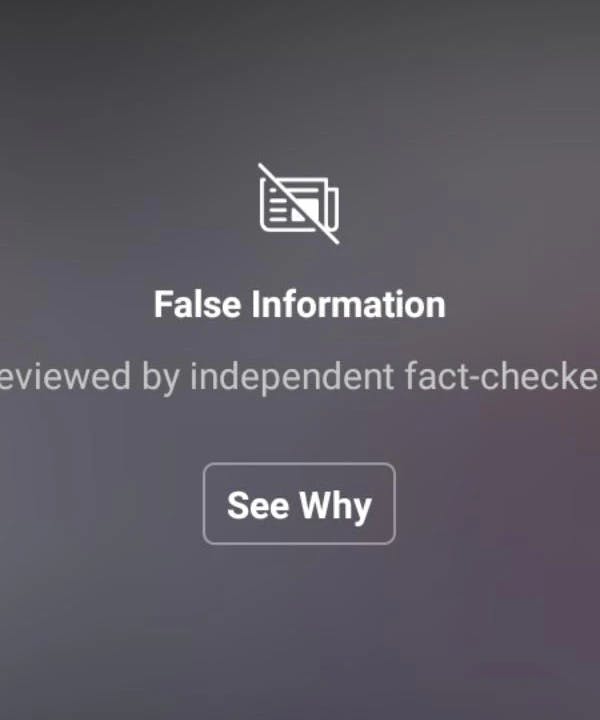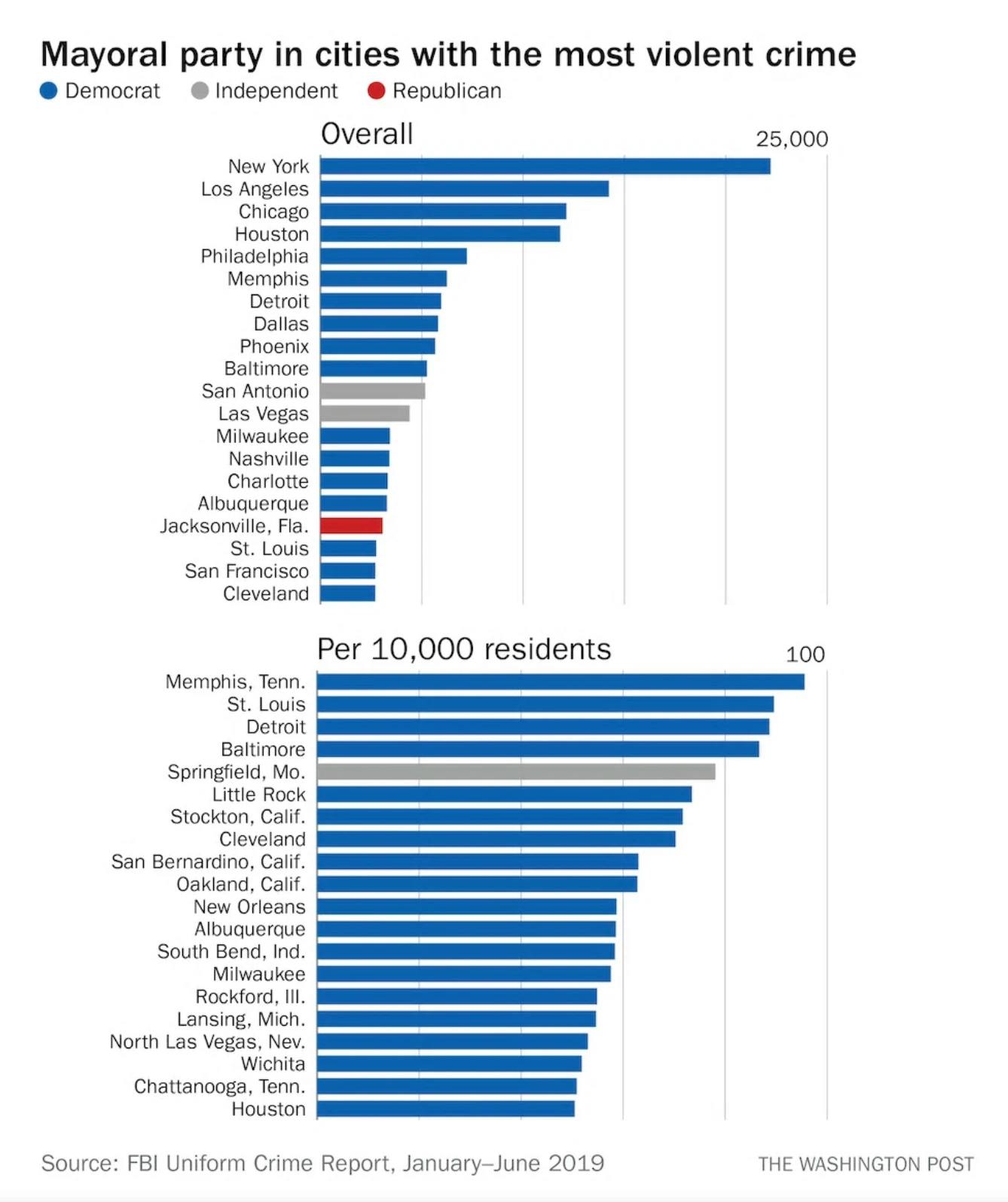Don’t Trust The So-Called "Fact-Checkers"
Last week, a New York Times columnist suggested that nonpartisan fact-checkers should participate in this fall’s presidential debates by correcting any falsehoods or misleading statements the candidates make on stage.

The columnist appears to believe that media fact-checkers are not susceptible to political biases and that they generally help people understand the world more accurately.
This idea has been at play during the Trump presidency — the Washington Post has been keeping a running list of “false or misleading claims” that the president has uttered since the beginning of his term. The grand total of false claims as of May 29 reached 19,127.
Fact-checkers often resort to “gotcha” tactics in order to promote their political biases.
Contrary to what they’d like you to think, fact-checkers don’t always operate in good faith. Instead, they often resort to “gotcha” tactics in order to promote their political biases, re-framing a forgettable error or a legitimate opinion as a malicious “lie.” The worst part is, the presumptuous “fact-checker” label helps create a false veneer of objectivity and superiority over those the fact-checkers wrongly criticize.
Fact-Check Tactic #1: Make a Mountain out of a Molehill
Last month, the Washington Post ran the following headline: “Trump keeps claiming that the most dangerous cities in America are all run by Democrats. They aren’t.” If you only read the headline, you’d probably assume a good number of America’s most dangerous cities are run by Republicans. But the data cited in the author’s own article proves otherwise.
The article includes two graphs (shown below): one shows the mayoral party of the top 20 most violent cities in America and the other shows the mayoral party of the top 20 most violent cities in America per capita. In the first graph, all 20 cities are run by Democrats except for three — one is run by a Republican and two are run by Independents. The second graph shows another set of 20 cities, all run by Democrats, except for one, which is run by an Independent.

Okay, fine. Maybe the top 20 most dangerous cities aren’t all run by Democrats, as Trump claimed. But it’s certainly misleading to publish a headline implicating Trump in a falsehood when the facts show he was pretty much correct. And besides, Trump’s overarching point — that there’s a correlation between Democratic governments and high crime rates — still stands, even with the correction.
A good deal of today’s political fact-checking works like that WaPo article. Take a small inaccuracy — one that, even when corrected, doesn’t alter the gist of the person’s statement — and blow it out of proportion. This strategy works especially well on a person like Donald Trump, who tends to make grand assertions while glossing over details.
Fact-Check Tactic #2: Report Less, Reproach More
Many fact-checkers don’t actually do that much original reporting, yet act as though they have all the answers.
Snopes, for example, bases 90% of its fact-checks on information from other media outlets, per an analysis from Real Clear Politics’ “Fact Check Review,” which monitors the work of fact-checkers on various sites. Snopes also takes on a more opinionated and critical tone in its analyses than most news media outlets.
The result is a lot of recycled information, repackaged as a judgment call on whether or not the story was true. A perfect example was the recent Snopes analysis on the sex trafficking allegations against Wayfair, an online furniture and home-goods company. Social media users claimed that certain items on Wayfair’s website were overpriced as a disguise for selling children. The names of some pieces of furniture, for example, could be matched with children who recently went missing.
Fact-checkers are news aggregators, not hardcore, investigative reporting hubs.
Snopes labeled the Wayfair allegations as objectively “false,” but its investigation into the sex trafficking claims depended heavily on personal suspicions and theories. “The more we pondered this claim, the more nonsensical it appeared,” Snopes author Dan Evon wrote of the allegation. “Would a large business really use their official website to allow people to purchase children online?”
The author went on to cite Wayfair’s statement that “[t]here is, of course, no truth to these claims,” and wrote off specific allegations by simply noting that they originated on Reddit forums, not police reports.
I will say, Snopes and other sources are helpful in that they can serve as news aggregators on controversial stories that have already been covered by various news outlets. But let’s call the fact-checkers what they are — news aggregators — rather than the hardcore, investigative reporting hubs they make themselves out to be.
Fact-Check Tactic #3: Treat Opinions and Jokes like Hard News
Fact-checkers have adopted a distasteful habit of reviewing not just facts, but also opinions. “Fact Check Review” found that opinions make up 25% of the Washington Post’s fact-checks and 18% of PolitiFact’s fact-checks.
Even satire is fair game to the fact-checkers. The humorless writers at Snopes, for example, continuously chastise the Babylon Bee, a Christian satire website that brands itself as “Fake news you can trust.” Snopes will conduct a sober-minded review of anything the Bee publishes that is Left-critical, from “CNN Purchases Industrial-Sized Washing Machine to Spin News Before Publishing” to “Thanks To New Laws, VeggieTales Finally Introduces New Cannabis Character.”
Anti-conservative bias is a general trend among fact-checkers.
Notably, Snopes is silent whenever the Babylon Bee mocks conservatives, fundamentalists, or Donald Trump supporters.
Anti-conservative bias is a general trend among fact-checkers. One study of 500 PolitiFact stories showed that Republicans were more harshly judged than Democrats on its six-point “Truth-O-Meter” scale.
Fact-Check Tactic #4: Rope in the Social Media Giants
As a result of the growing fact-check frenzy, social media platforms are feeling more and more pressure to join the movement. And, once again, the targets often lean right.
Try to read from multiple outlets and perspectives, and see for yourself how the facts add up.
In May, Facebook limited the page reach of PragerU, a conservative outlet that publishes videos on political topics, after Facebook’s third-party fact-checker Climate Feedback accused PragerU of promoting fake news about polar bears in one of its videos. They leveled this accusation despite the fact that the guest on that particular episode, Susan Crockford, is a zoologist and polar bear expert, who raised several legitimate objections to Climate Feedback’s fact-check.
Closing Thoughts
If you want the truth, don’t go to the fact-checkers. They’re often just as dishonest as the politicians and celebrities they claim to monitor. Instead, do the research on your own; try to read from multiple outlets and perspectives, and see for yourself how the facts add up.